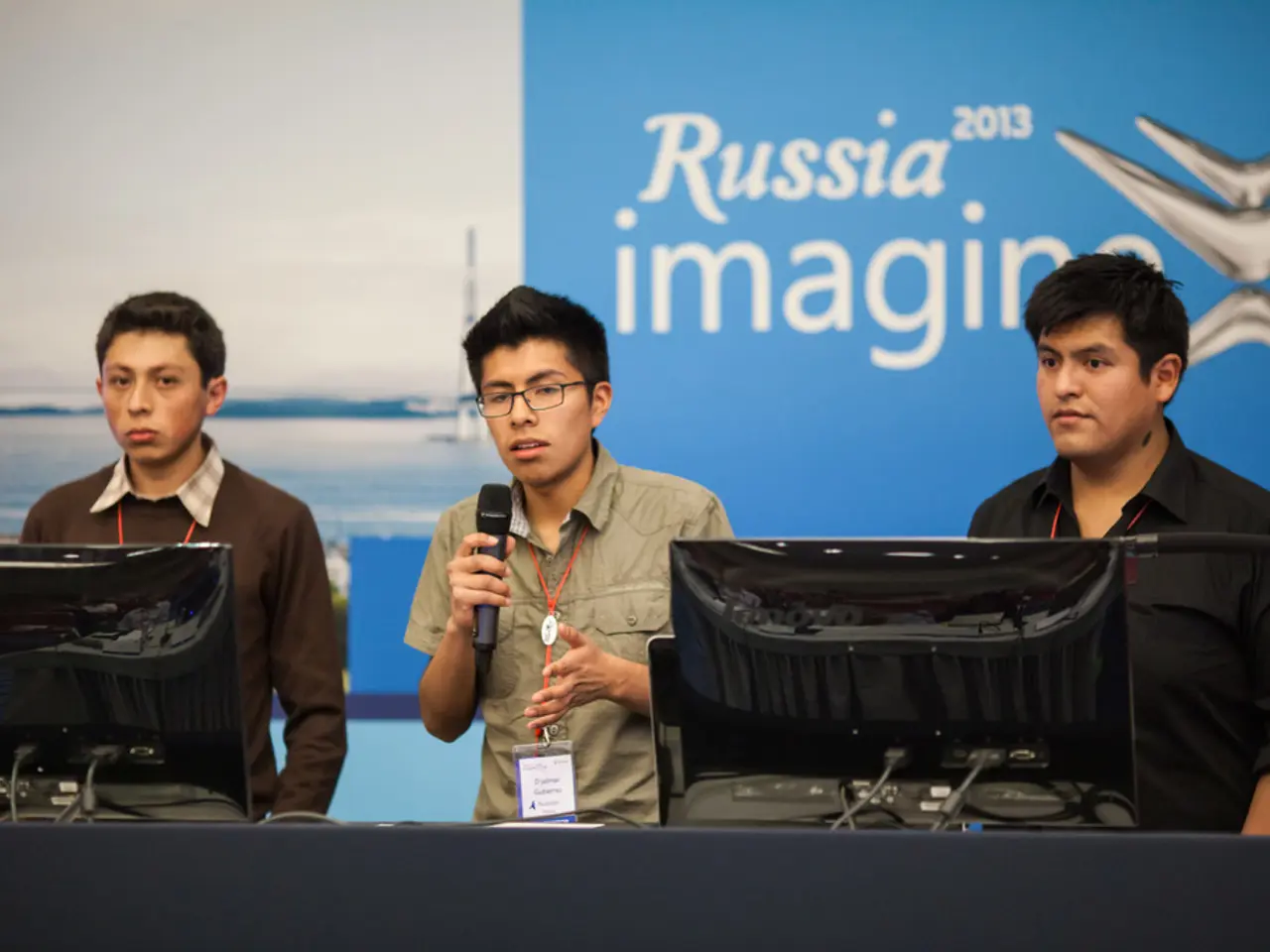Trump and Putin convene in Anchorage today for a high-stakes conversation
In the chilly Alaskan city of Anchorage, President Donald Trump and Russian President Vladimir Putin are gathering for a crucial summit aimed at potentially ending Russia's war with Ukraine. The meeting, scheduled to start at 11 a.m. local time (3 p.m. Eastern Standard Time), has raised high expectations and concerns, given the complex geopolitical landscape surrounding the conflict.
The summit, taking place at Joint Base Elmendorf-Richardson, comes after a series of inconclusive talks and escalating tensions. The leaders will first meet one-on-one before being joined by their advisers for a working lunch, followed by a joint press conference.
The ideal outcome of the summit was a framework agreement that would include a ceasefire with possible minor land swaps, mutual acknowledgment of Ukraine’s sovereignty over most of its territory, a limitation on NATO's military presence in Ukraine, and a gradual rollback of sanctions on Russia. However, the actual summit failed to produce such an agreement. Putin has remained committed to maximalist demands—such as regime change in Kyiv and Ukraine’s demilitarization—that Ukraine and NATO find unacceptable.
The lack of a deal at the summit leaves an open question of what comes next as Russia makes gains on the battlefield. Following the summit, the U.S. indicated it would accelerate negotiations to end the war, but no clear path or concrete progress emerged. If Trump were to agree to a flawed deal without Ukraine or NATO support and then withdraw U.S. backing, it could cause a severe rupture in transatlantic relations and potentially enable Russia’s domination over Ukraine.
In the lead-up to the summit, Trump has positioned himself as uniquely able to handle Putin, citing the 2018 summit as a success. However, the 2018 summit between Trump and Putin in Helsinki, Finland, was widely viewed as an embarrassment for the U.S., with Trump appearing to take Putin's side over the U.S. intelligence community regarding election interference.
Trump's stance on the Ukraine war has been inconsistent, with him being all over the map in terms of his expectations for the 2023 meeting. Despite this, he has stated that ending the war is his priority. In recent months, he has allowed the sale of powerful weapons systems to NATO to help Ukraine, but he has also threatened to punish countries like India for buying Russian oil.
Interestingly, no meeting occurred between Putin and Ukrainian President Volodymyr Zelenskyy at or around the summit, further underscoring the difficulties in bridging the conflict gap. Zelenskyy was not invited to the summit.
As the summit unfolds, the world will be watching closely to see if any progress can be made towards ending the conflict in Ukraine. The consequences of a failed summit could include continued conflict, strained Western alliances, and uncertainty over future negotiation prospects. The complex and entrenched positions of the parties involved make a resolution a challenging task, but the hope remains that diplomacy can prevail.
- The summit at Joint Base Elmendorf-Richardson, despite raised expectations, failed to produce a framework agreement that would end Russia's war with Ukraine, as Putin maintained maximalist demands unacceptable to Ukraine and NATO.
- The aftermath of the Russia-Ukraine summit highlights the complexities in the community of Western allies and the general news landscape, as uncertainty looms over the future of transatlantic relations and potential resolution of the conflict.







